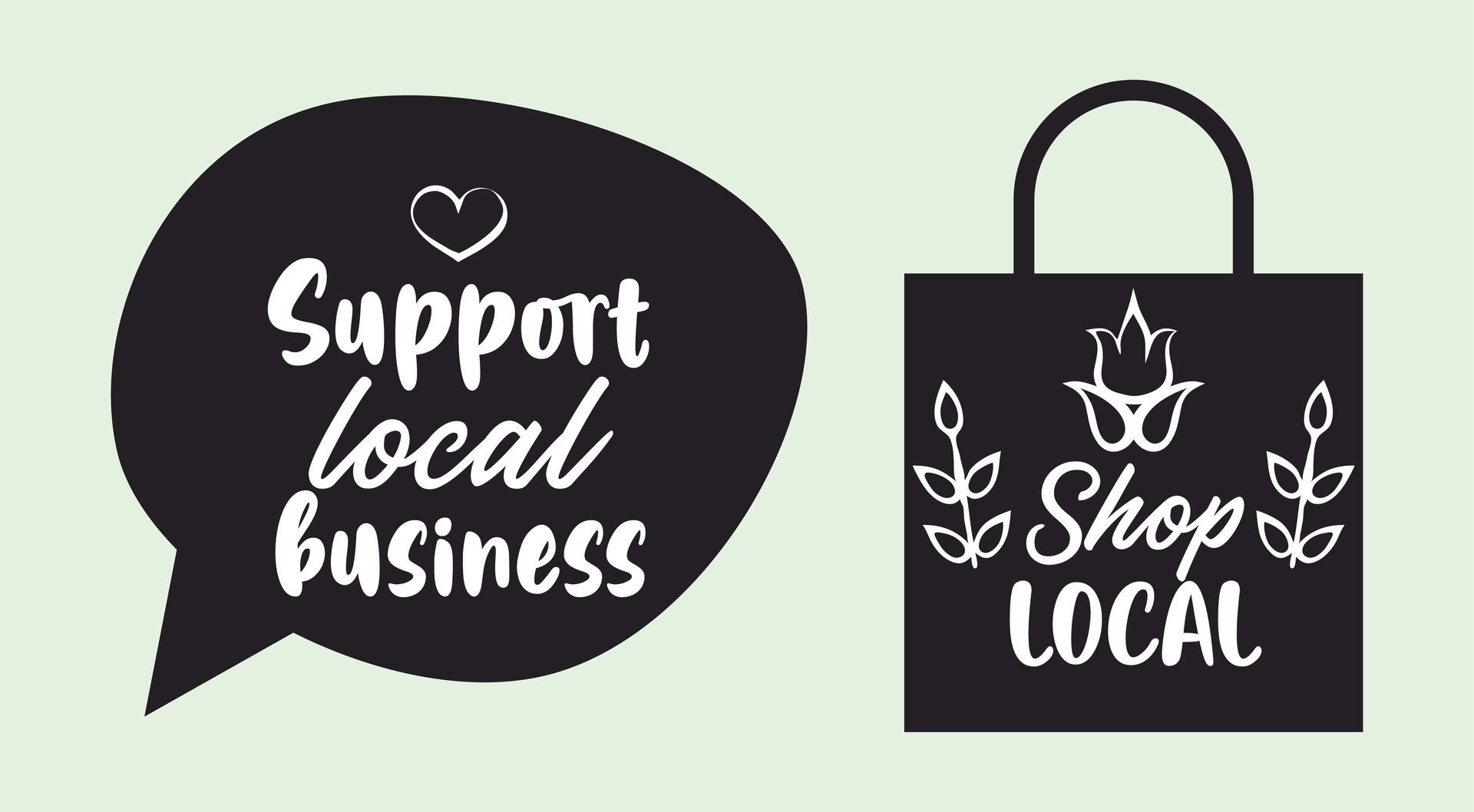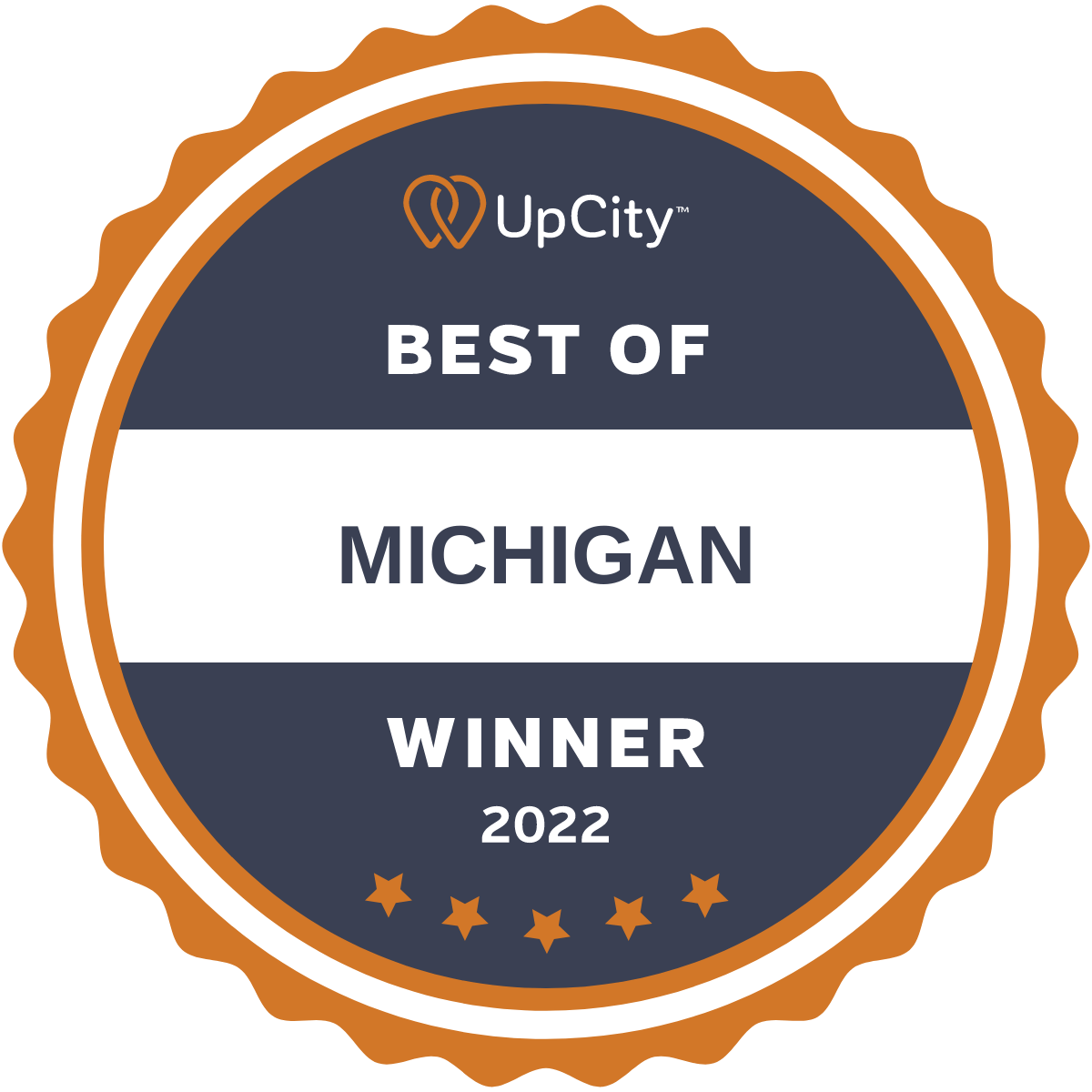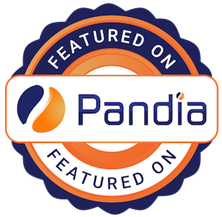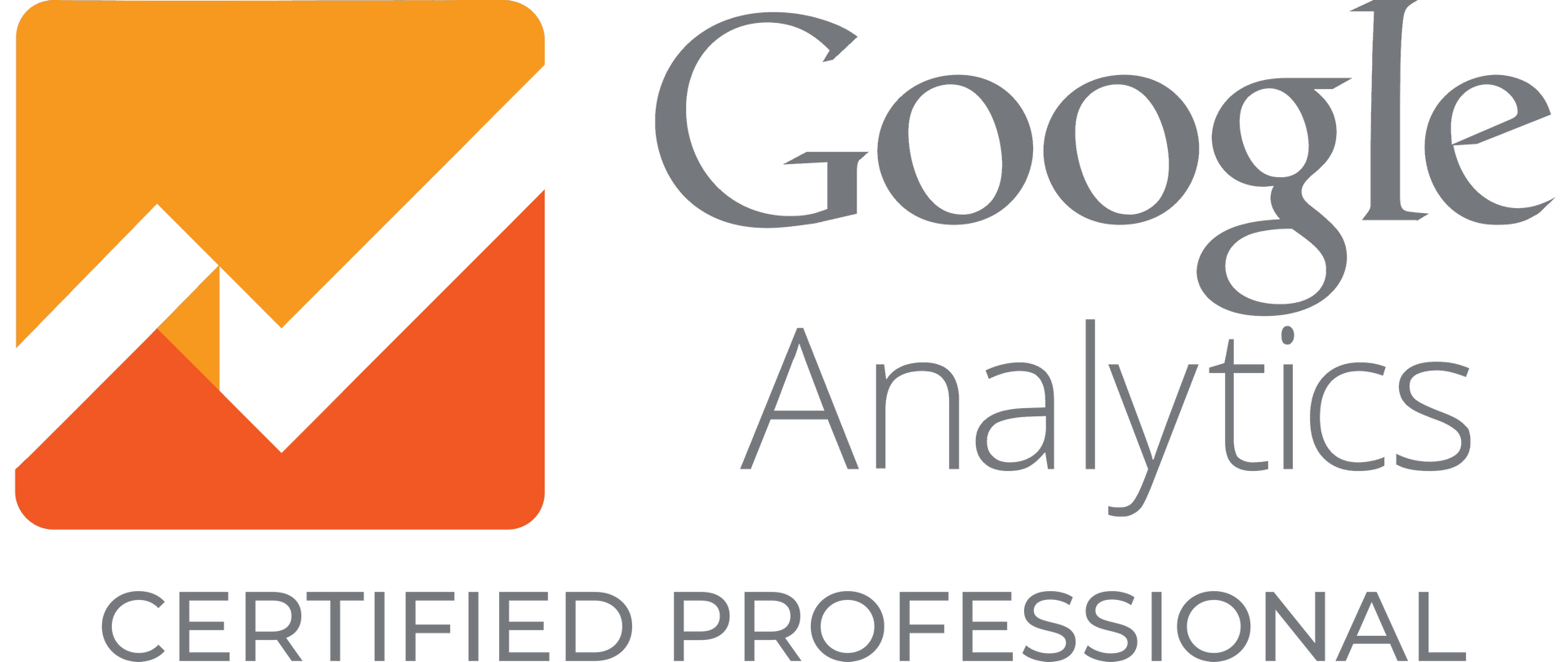12 Tips to Improve Conversion Rate Optimization (CRO) This Year
Why should business owners care about investing in website design and marketing services for conversion rate optimization (CRO)?
The story begins when people find your pages for the first time on Google and other search engines. People will click, open a ranked page, and read your content.
But what if they keep leaving your website without performing a necessary action, like scheduling a discovery call, emailing, or filling up a contact form? We want people to convert when they land on your website. If the conversions are down, you need to think about conversion rate optimization and partnering with a solid website design and marketing services resource.
If you need a partner to grow your business with web design, marketing services, and CRO, let’s discuss your ideas. Schedule a Call.
1.) Determine a Good Conversion Rate
Determining a "good" conversion rate is contingent upon various criteria, including but not limited to the audience demographics, traffic channel, goals, niche, and industry.
During the second quarter of 2022, the conversion rate of visitors to e-commerce websites in the United States was 2.3%.
Nevertheless, the conversion rates of online shoppers in Great Britain experienced a significant increase, surpassing the 4% mark.
Conversions can occur across several website sections, including the landing pages, blog, pricing pages, and homepage. To enhance the conversion of visitors into people who want to pay for products and services, maximizing the conversion potential of each location is advisable.
2.) Adjust Your Homepage
Website design and marketing services can help businesses optimize their home pages. The homepage is a central part of CRO efforts. The homepage serves a dual purpose of creating an initial impression on visitors and facilitating their continued engagement and navigation inside the website.
You can achieve optimization through several strategies, such as emphasizing hyperlinks to product information, providing a prominent free signup button, or integrating a chatbot that actively engages visitors by soliciting their questions at any stage of their browsing journey.
3.) Experiment with Landing Pages and Service Pages
Landing pages and services page, also known as destination pages or lead capture pages, are web pages specifically designed to receive and convert incoming traffic from various sources.
Given their primary purpose of encouraging user action, it is logical that landing pages exhibit the highest conversion rate across all signup forms.
One potential strategy for optimizing an event landing page involves incorporating a video showcasing the previous year's event. This approach aims to stimulate visitor engagement and ultimately increase registration rates for the upcoming event.
To enhance the effectiveness of a landing page promoting a complimentary resource to users, optimizing the page by incorporating preview content derived from the free resource itself is advisable.
This strategic approach aims to incentivize visitors to engage with the landing page and ultimately proceed with downloading the resource.
4.) Modify and Test Pricing Pages
The pricing page of a website holds significant importance as it can significantly influence the decision-making process of website visitors.
CRO strategies can enhance the effectiveness of a pricing page in converting website visitors into customers.
This can be achieved through many techniques, such as adjusting the pricing intervals, for instance, by presenting prices annually instead of monthly.
Providing detailed descriptions of the product characteristics associated with each price point can also contribute to the conversion process.
Another practical approach includes a prominently displayed phone number, enabling visitors to inquire directly and obtain personalized price quotes.
Lastly, the implementation of a straightforward pop-up form can also be beneficial in facilitating conversions on the pricing page.
5.) Optimize Your Blogs
A blog presents a significant potential for conversion on a website. In conjunction with disseminating insightful and beneficial information on one's respective field, a blog can effectively employ CRO techniques to transform readers into potential leads.
This procedure frequently involves incorporating calls-to-action within an article or encouraging readers to further explore a subject by providing their email address in return for an industry report, white paper, or eBook.
6.) Write Clear and Compelling Call-to-Actions
Well-designed and strategically placed CTAs are crucial for guiding visitors toward desired actions.
Use concise, action-oriented language that communicates the value proposition and encourages visitors to take the next step.
Experiment with different button colors, sizes, and placements to find the most effective combination.
Learn more about visual hierarchy to optimize different parts of your website better. Website design and marketing services can help you achieve more with your well-written CTAs.
7.) Use Streamlined Forms for Customers
Lengthy or complex forms can deter visitors from completing them. Simplify your forms by asking for only essential information.
Use bright form fields that automatically populate relevant data, such as city or country, based on the user's input.
Additionally, consider implementing a progress bar to show users how far they can complete the form, reducing abandonment rates. If you're not familiar yet with web forms, select here.
8.) Perform A/B Testing
A/B testing involves creating two or more versions of a web page or specific elements, such as headlines, images, or CTAs, and randomly showing them to visitors to determine which version performs better. Continuously experiment and test different variations to identify the design, copy, or layout that yields the highest conversion rate.
9.) Deliver Clear and Concise Messaging
Visitors should be able to understand your value proposition quickly. Use clear and concise messaging that highlights the unique selling points of your products or services.
Break down complex information into digestible chunks, use bullet points, and incorporate visual elements to improve readability and comprehension.
10.) Optimize Your Website for Mobile Use
With the increasing use of mobile devices, optimizing your website for mobile users is essential.
Simplify navigation, minimize the number of clicks required to complete an action, and ensure all elements are easily tappable with fingers.
11.) Highlight Customer Testimonials and Other Social Proof
Displaying social proof, such as customer testimonials, reviews, case studies, or trust badges, can instill confidence in visitors and encourage them to convert. Incorporate positive feedback and endorsements strategically throughout your website to build trust and credibility.
12.) Use Personalization to Your Advantage
Tailoring the user experience based on individual preferences and behaviors can significantly impact conversion rates.
Leverage data such as past purchases, browsing history, or demographics to personalize product recommendations, content suggestions, and offers. Personalized experiences create a sense of relevance and increase the likelihood of conversion.









